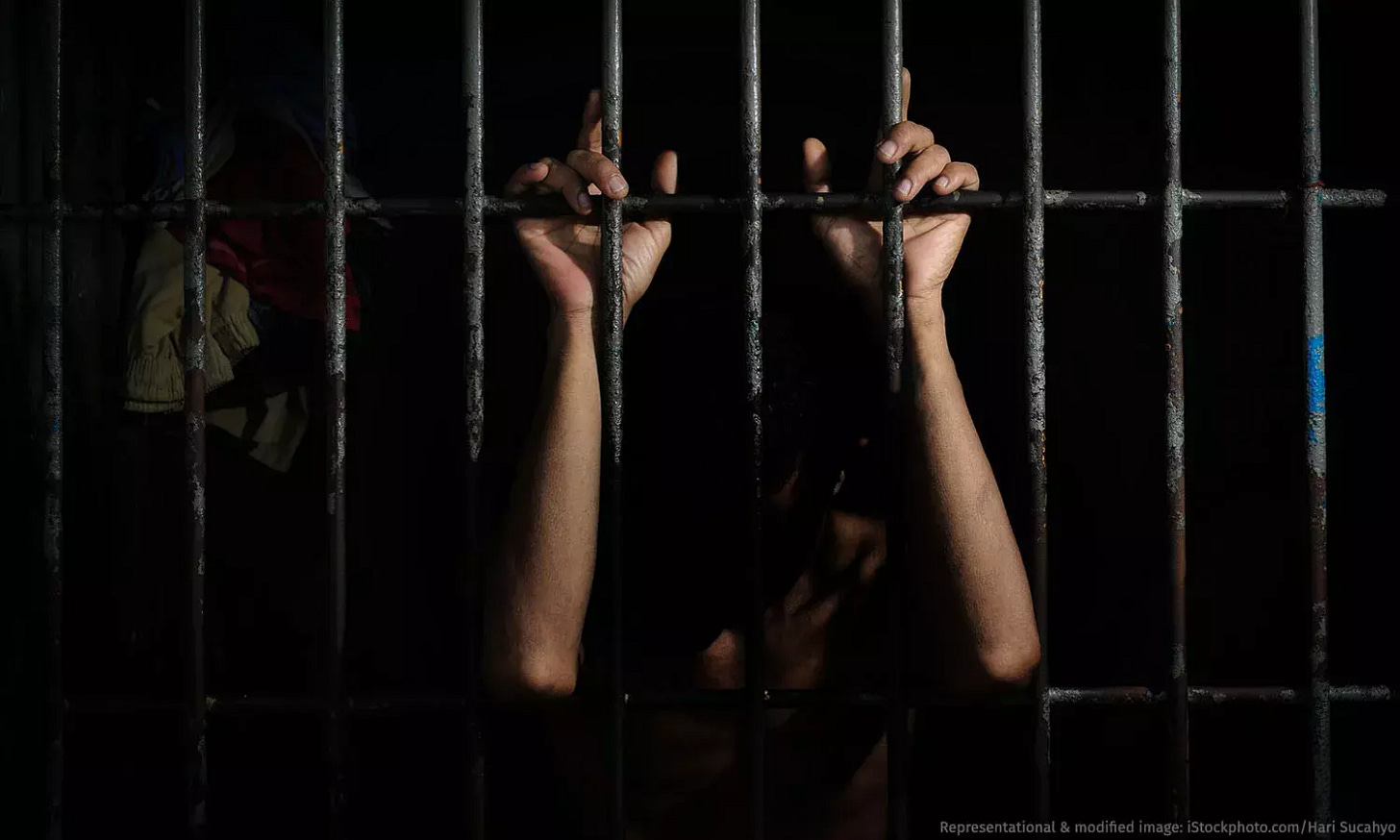Forgotten Lives
This week, the mental health impacts of death sentencing, and coping with education losses in disaster-struck Sundarbans
Dear Reader
We often write about the gap between policy and reality. Whether it is insurance and healthcare, or land rights, or conservation, the difference between intentions and outcomes is stark.
This week, we shine a light on groups of people who are forgotten except, sometimes, to score political points, those who live on the margins, and are practically excluded from policies. If the measure of a nation’s success is in how it treats its most vulnerable, we have a long way to go.
‘A Living Death’
Asif Khan and Ehtesham Siddiqui spent nearly two decades in jail, about half of that period on death row, after being convicted in the Mumbai trains blasts case of 2006. In July this year, the Bombay High Court acquitted them of all charges and released them. The two men’s journeys in jail are different.
Khan found solace in prayer and yoga. Siddiqui preferred the solitary confinement and completed 22 courses including two bachelor’s and three master’s degrees. But what ties their experiences together is the trauma of being on death row. Most jails in India lack adequate staff to address the mental health of prisoners, let alone that of those on death row. Officials administer sedatives, ignoring the underlying issues.
“I can still sense the phansi gate sound,” said Khan, referring to the shutter trap opening during sandbag tests conducted to ensure readiness. “I think the jail administration feels that once the court has sentenced a person to death, it is enough for them to provide only basics to keep the person alive [until execution],” Siddiqui said.
India is one of 55 countries that allow the death penalty for ordinary crimes, and there were 564 people living under a sentence of death in India at the end of 2024. According to the Supreme Court’s Centre for Research and Planning analysis, cases where a death penalty is imposed took two to five years at the appellate and other stages in the High Court and Supreme Court while the executive took more than 13 years to decide mercy petitions. This creates a situation for decades where the prisoners experience “a living death”, as the Law Commission says. Shreehari Paliath reports.
Curriculum of Calamity
In the Sundarbans’ Bali island, 15-year-old Dinesh Mandal (name changed) dropped out after grade VII to work and support his family. His father works in the Andaman Islands, and after Cyclone Yaas devastated their village, Dinesh began working in the fields and doing odd jobs to help with expenses. Salinity from repeated cyclones has made farming unviable, and his family struggles to afford food and medicines. His mother Kunti, once hopeful her son would become a judge, now dreams of educating her daughter despite poor schooling facilities and frequent power cuts.
Across the Sundarbans, repeated climate shocks—cyclones, floods, heatwaves—routinely shut schools that double as relief camps, disrupting education for weeks. Teachers say long closures and power shortages hinder learning and affect children’s mental development.
Data show how climate change is reshaping education: UNICEF estimates 242 million children globally were affected by climate-related school disruptions in 2024, including 54.8 million in India. In West Bengal, girls’ school enrolment, once boosted by the Kanyashree Prakalpa scheme, has declined since Cyclones Amphan and Yaas.
Conversations around climate-related disasters are still centered around loss of life, livelihoods and property, but stories like those of Dinesh reveal the profound human cost that changing climate takes on communities, Saurabh Sharma reports.
PS: Watch out for Monday’s announcement of the economics Nobel. My colleague Nushaiba Iqbal explained the significance of the Prize in 2021 and 2023.




